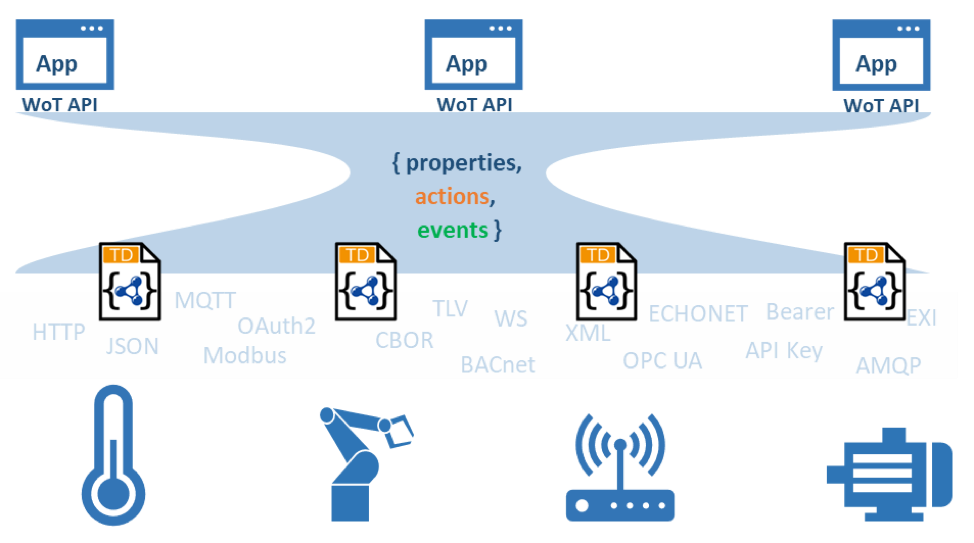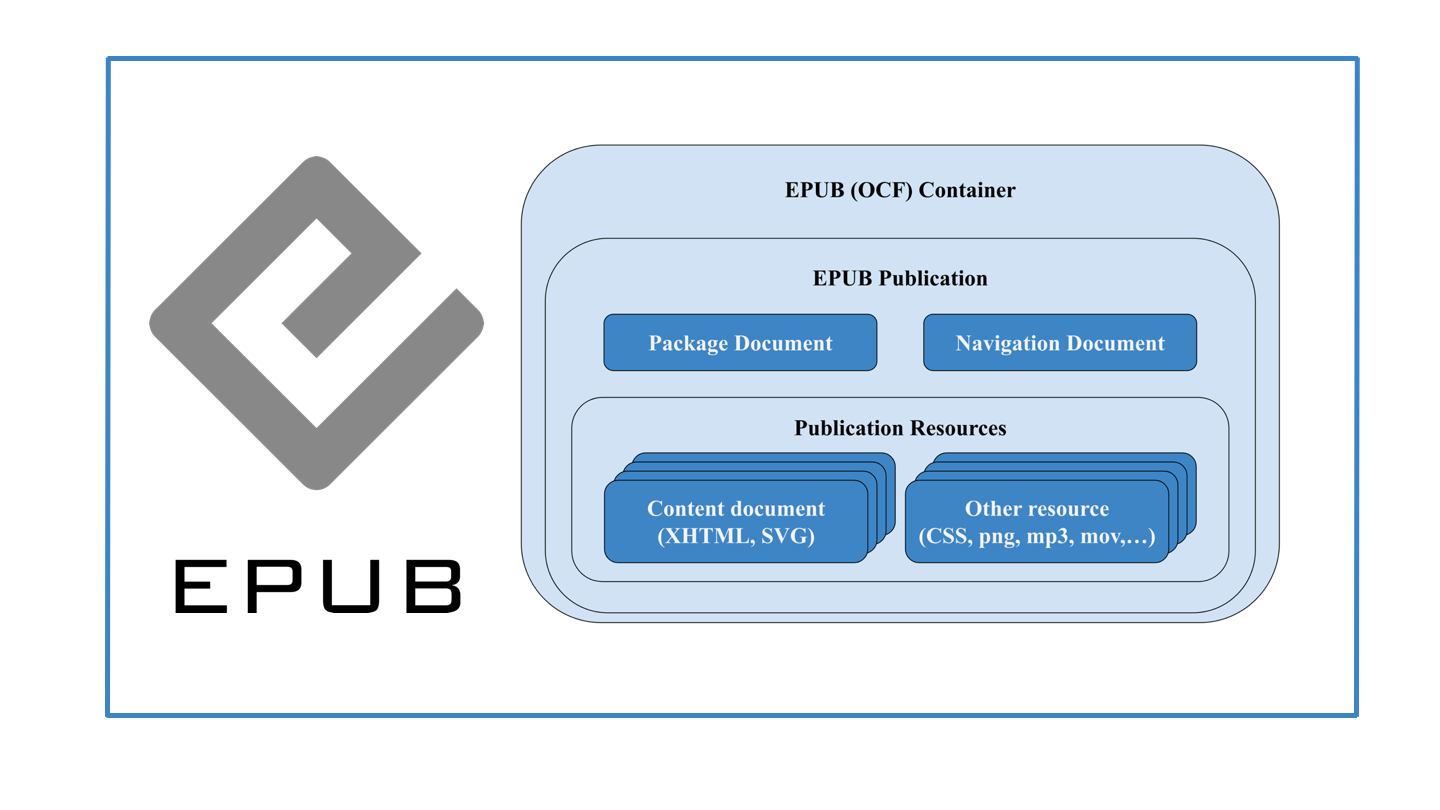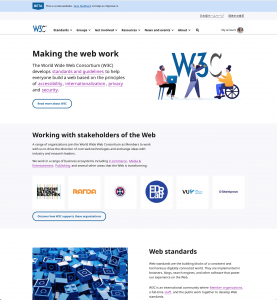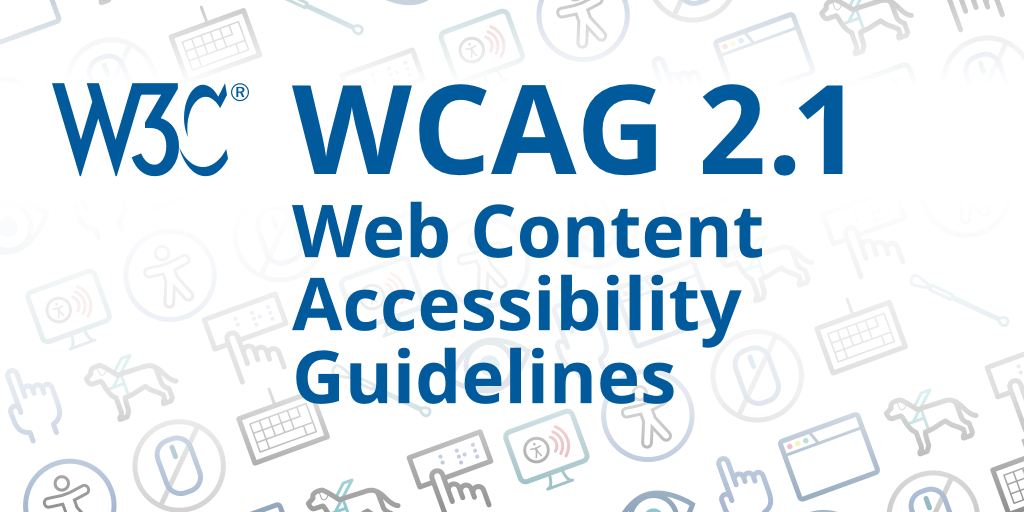The W3C Advisory Committee has elected the following people to fill five seats on the W3C Technical Architecture Group (TAG) starting 1 February 2024: Daniel Appelquist, Matthew Atkinson, Peter Linss, Dapeng Liu and Martin Thomson. They join TAG Emeritus Chair Tim Berners-Lee and continuing participants, Hadley Beeman, Amy Guy, Theresa O'Connor and Lea Verou. Yves Lafon continues as staff contact. Many thanks to the 7 candidates, and thanks for contributions to the TAG to the departing participants, Rossen Atanassov and Sangwhan Moon, whose terms end at the end of January 2024.
The TAG is a special group within the W3C, chartered under the W3C Process Document, with stewardship of the Web architecture. The mission of the TAG is to build consensus around principles of Web architecture and to interpret and clarify these principles when necessary, to resolve issues involving general Web architecture brought to the TAG, and to help coordinate cross-technology architecture developments inside and outside W3C. The Members of the TAG participate as individual contributors, not as representatives of their organizations. TAG participants use their best judgment to find the best solutions for the Web, not just for any particular network, technology, vendor, or user. Learn more about the TAG.
Starting this election, the W3C Team is implementing new rules set forth by the Process Document regarding TAG appointees. A call for nominations is open until January 5, 2024. Please read about this in --and help promote-- our blog post.




